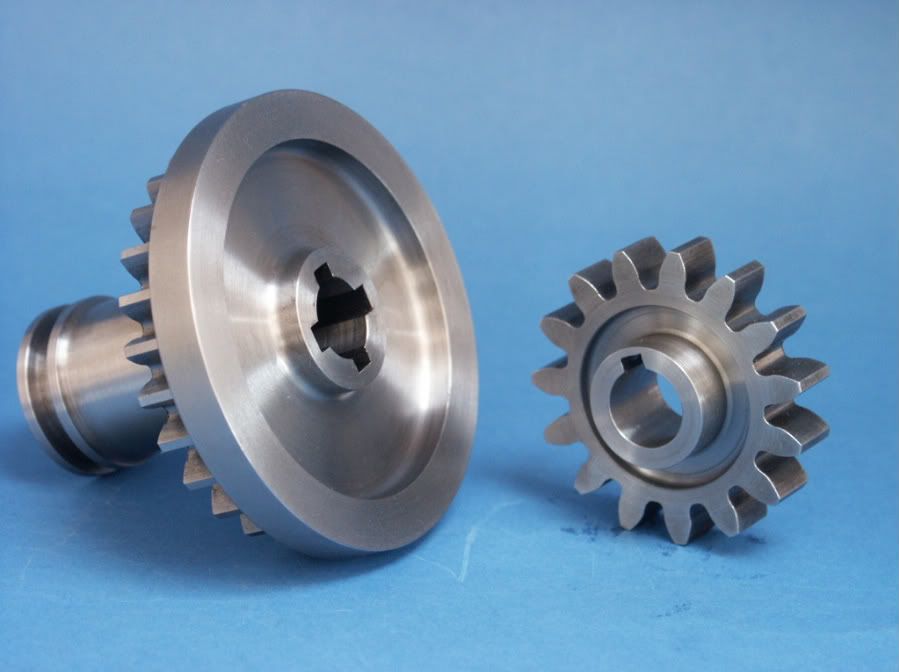The last time I had any slotting to do, was to make a couple of externally splined shafts for a gear shift on the Ducati. It was a pointed tool, so less loading than your 6mm slot, but there are suggestions above to reduce the forces involved.
In my case I cut the splines from the top slide, rather than risking damaging anything connected with the saddle.
I removed the top slide's feed screw, complete with end plate (Super 7). I then replaced it with a double lever arrangement, on a home made end plate, pivoting on a stub, bolted to the Tee slots on the cross slide. The saddle was locked in the normal way for parting off. This way I could use the top slide as a lever actuated slotting attachment, with a cutting tool horizontally in the toolpost without risking the rack or half nuts.
It's much the same arrangement as a lever operated tailstock drilling conversion, but on the topslide.
From memory, I ground the tool with lots of top rake, and angled it to the shaft, such that if I took too deep a cut, it would push the tool out of the way, rather than digging in to the workpiece.
Indexing was done via another quick lash up. A basic gear train from the spindle, a detent, and a length of twine wrapped round the chuck with a bob weight hanging off it.
Doing it this way also allows splines or slots to be cut on a tapered workpiece.
If I were to have this to do on a regular basis, I might even buy a spare top slide to use as a ready made slotting attachment. The gizmo I made was quite crude, but worked well enough for a one off job, as the precision bits had already been made by Myford.
Edited By peak4 on 28/05/2016 10:55:39
 JasonB.
JasonB.




